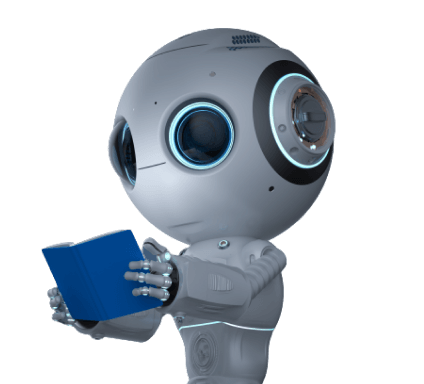Results for ""
Over the last few years, the field of medicine has been changing as the concept of stem cell research, and regenerative medicines are gaining traction with scientists and researchers. To date, medical professionals have worked on treating symptoms; however, contemporary medicine is shifting toward regeneration rather than reactive treatment. This has become possible due to the availability of stem cells. How do they help? Stem cells can be termed as the mother cell produced by the bone marrow. As soon as the bone marrow releases stem cells, they can travel to any tissue or organ of a human body and then can transform themselves into the cells of a particular tissue.
With this potential of stem cells, it has formed the basis of regenerative medicine. This, in turn, laid the foundation of cell-based therapies - the idea of replacing damaged cells with brand-new cells that perform the same function more effectively. Stem-cell treatment is widely used to treat autoimmune, inflammatory, neurological, orthopaedic, and traumatic disorders.
AI can aid the advancement
Despite the advantages, using stem cells to treat patients could lead to a number of errors. However, due to technological and scientific advancements, modern medicine is starting to use artificial intelligence (AI) to handle the complex errors that could happen in regenerative medicine.
The complexity of the available data has continuously been a barrier for scientists trying to fulfil the full potential of regenerative medicine. Because cells differ so greatly from one another, it can be challenging for scientists to predict what the cells would do in a specific therapeutic environment. As per medical experts, multiple possibilities of medical therapy failing are already present. As a result, most AI experts think that, like other industries, AI can come to the rescue whenever there is a problem with data analysis and predictive analysis.
In a study, researchers used Deep Neural Networks (DNN) to analyse the data they had gathered from their studies on eye cells. Their studies focused on the causes and treatments of ageing-related eye degeneration. The outcomes were astounding; out of the 36 predictions it was asked to make, the AI made just one incorrect prediction.
Moreover, with the use of AI, it is possible to find remedies to numerous illnesses in a much faster manner. Last year, a team at the Tokyo Medical and Dental University designed a deep-learning-based system named DeepACT to identify productive and healthy skin stem cells. The accuracy of the result was similar to that of a human, thereby further convincing the potential usage of AI in this field further.
In yet another study, researchers from Boston University (BU) and Gladstone Institutes described utilising machine learning to better understand how to employ CRISPR-Cas9 gene-editing tools to manage iPSC organisation. The model mimicked particular experimental circumstances that could produce distinctive patterns in silico, such as when, where, and how to add drugs to the iPSCs. The team got positive results. As a result, scientists are hopeful that they can create functional organs for use in research or treatment by manipulating these stem cells to arrange themselves in particular ways.
Thus, it gives rise to 3D organ printing, another potential application of the two technologies together. The world is reportedly lacking organ donors. Many a time, even after several years of waiting for a kidney, heart, or liver, several individuals pass away! AI algorithms can be utilised to identify the materials to be used for artificial organs, comprehend the anatomical difficulties encountered during therapy, design the organ, and more. Here, stem cells and other biological components can be employed to develop functioning organs using 3D printing.
To conclude, many issues in healthcare can be resolved with stem cell therapy that previously had few solutions. Furthermore, when combined with stem cell AI, the procedure promises to become more involved in other comparable operations and treatments, opening up fascinating possibilities for future healthcare development.






